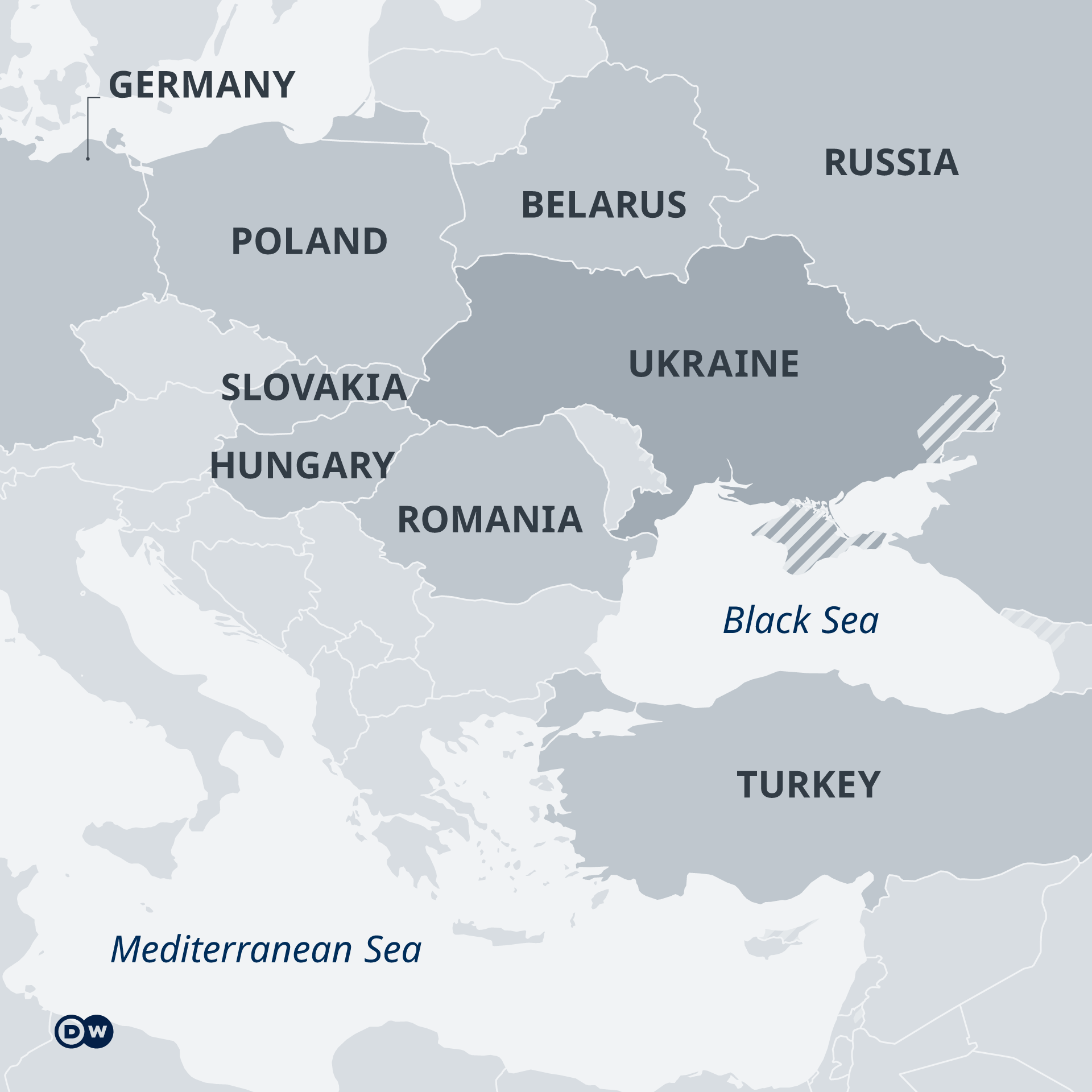Post by Bonobo on Mar 20, 2022 8:12:20 GMT 1
In an unprecedented move, the EU is financing the purchase and delivery of arms and weapons to Ukraine. Other Western countries are committing to arms deliveries, too. But how will they get there and how quickly?
The logistical challenges
While this signals a huge boost for Ukraine in its effort to repel Russian forces, there are concerns about the logistics involved and the potential obstacles. Questions surround the timing and the routes.
So far, military aid from the West has been delivered by land or air, depending on the type of weapon.
But the airspace over Ukraine is now controlled by Russian fighter jets that could intercept the shipments "predominantly by airstrikes and missile strikes. If they know the routes they can take them under surveillance and look for the specific means of transportation," Gustav Gressel, an expert on Eastern Europe and defense policy with the European Council on Foreign Relations think tank, told DW via email.
The prospect of such a disruption puts the spotlight on Poland, which shares a 535-kilometer (332-mile) long border with Ukraine. The US Army, in particular, has a long history of dispatching forces and equipment through Poland. And the onus on Poland is increasing following Hungary's refusal to allow lethal arms to transit its territory.
Poland's role
"All of this equipment is basically massing on the Polish border at the moment. Even if Slovakia, for example, wanted to, it's not an easy route because of the geography of the mountain ranges that move from Slovakia down through Romania. So there are two routes: One is close to the Belarusian border, then there's one slightly south," Ed Arnold, a research fellow for European Security at the Royal United Services Institute, a London-based think tank, told DW.

www.dw.com/en/western-arms-supplies-for-ukraine-how-are-they-getting-there/a-60959864?maca=en-AS-content-outbrain
The logistical challenges
While this signals a huge boost for Ukraine in its effort to repel Russian forces, there are concerns about the logistics involved and the potential obstacles. Questions surround the timing and the routes.
So far, military aid from the West has been delivered by land or air, depending on the type of weapon.
But the airspace over Ukraine is now controlled by Russian fighter jets that could intercept the shipments "predominantly by airstrikes and missile strikes. If they know the routes they can take them under surveillance and look for the specific means of transportation," Gustav Gressel, an expert on Eastern Europe and defense policy with the European Council on Foreign Relations think tank, told DW via email.
The prospect of such a disruption puts the spotlight on Poland, which shares a 535-kilometer (332-mile) long border with Ukraine. The US Army, in particular, has a long history of dispatching forces and equipment through Poland. And the onus on Poland is increasing following Hungary's refusal to allow lethal arms to transit its territory.
Poland's role
"All of this equipment is basically massing on the Polish border at the moment. Even if Slovakia, for example, wanted to, it's not an easy route because of the geography of the mountain ranges that move from Slovakia down through Romania. So there are two routes: One is close to the Belarusian border, then there's one slightly south," Ed Arnold, a research fellow for European Security at the Royal United Services Institute, a London-based think tank, told DW.

www.dw.com/en/western-arms-supplies-for-ukraine-how-are-they-getting-there/a-60959864?maca=en-AS-content-outbrain






